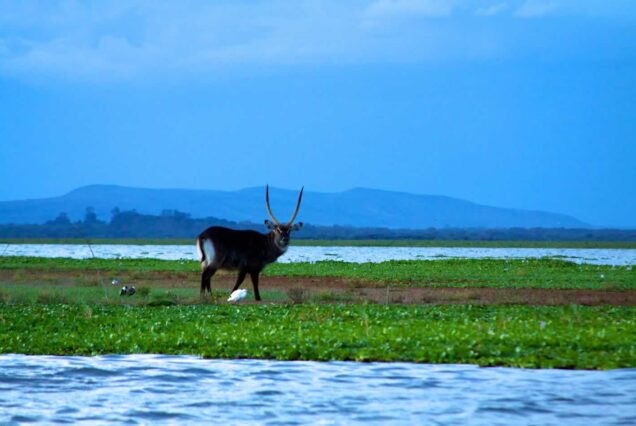Lake Nakuru National Park: A Symphony of Flamingos and Wildlife Wonders
Welcome to the enchanting realm of Lake Nakuru National Park, a jewel nestled in the heart of Kenya’s Great Rift Valley. Renowned for its dazzling pink flamingo spectacle and rich biodiversity, Lake Nakuru beckons wildlife enthusiasts, birdwatchers, and nature lovers to witness the magic of this extraordinary ecosystem.
On the floor of the Great Rift Valley, surrounded by wooded and bushy grassland, lies the beautiful Lake Nakuru National Park. Visitors can enjoy the wide ecological diversity and varied habitats that range from Lake Nakuru itself to the surrounding escarpment and picturesque ridges. Lake Nakuru National Park is ideal for bird watching, hiking,picnic and game drives. The park is also sanctuary to one of Kenya’s largest populations of black rhino. Another aspect to the active wildlife viewing here is observing the park’s zebra, hippo, olive baboon, vervet and colobus monkeys, waterbuck and hyena. Other big safari wildlife to be on the lookout for includes lion, cheetah, leopard and buffalo. The park is fenced to protect the rhino and giraffe, so it can’t support elephants – the only large mammal you won’t find here. Moving through the park’s dense acacia forest you’ll likely come upon herds of impala and waterbuck. Also, in the woodlands you may see large pythons hanging from the trees. This is the infamous African rock python that’s capable of swallowing animals whole.









